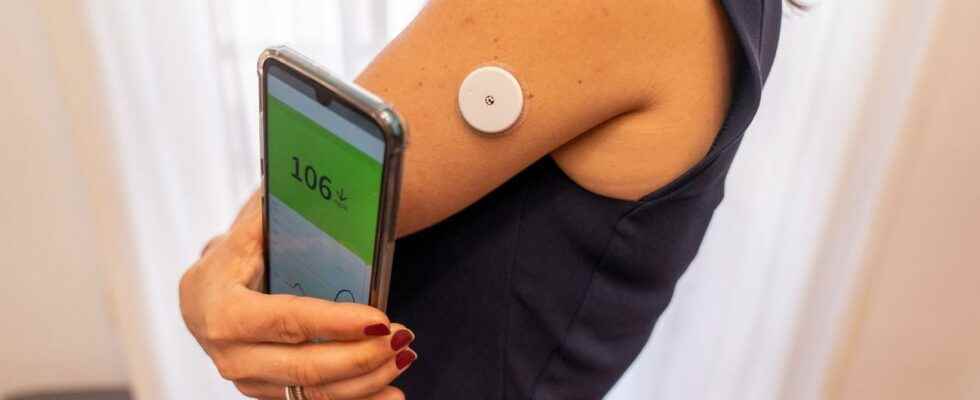Posted ,
Reading 2 mins.
The French-speaking Diabetes Society has just updated its positions on the management of type 2 diabetes and its treatments. The point with Pr Hansel, diabetologist and nutritionist at the Bichat hospital in Paris.
The recommendations of the Haute Autorité de Santé on type 2 diabetes are almost ten years old. If the disease remains the same, the treatment of diabetes evolves. “Now there are more drug classes than 20 years ago.” first explains Professor Boris Hansel. “We have access to different types of treatments, which act in different ways and which can be chosen according to the patient to be treated”.
Stronger evidence on kidney and cardiovascular prevention
Another important point, underlined by the specialist: “These new treatments bring a real benefit to patients in terms of protection against kidney and cardiovascular diseases linked to diabetes.”. Indeed, many studies are available on the subject and show better prevention of these pathologies thanks to treatments.
This is the case, for example, of gliflozins, inhibitors of the sodium/glucose co-transporter type 2, whose cardio and nephro-protective effects are recognized. They are marketed under the names dapagliflozin or Forxiga from AstraZeneca, canagliflozin or Invokana from Janssen and empagliflozin or Jardiance from Boehringer Ingelheim/Lilly.
Advantages and disadvantages
Over the past 20 years, advances in diabetes medications have taken a leap forward. These advances for people with diabetes de facto entail an additional responsibility for the doctor. For Professor Hansel, “it is up to the doctors to make the right choice according to the patient, his background… But at the same time, the specialists are also confronted with a medicine centered on the patient, his knowledge, his beliefs, his skills… It is necessary consider everything”… including the development of the dissemination of information, which is becoming more and more accessible, through the internet and social networks.
Remote monitoring not developed enough
Telemonitoring is a device that consists of remotely monitoring the blood sugar levels and the doses of insulin taken by a patient, in order to adjust their treatment as well as possible, according to the evolution of their disease and their lifestyle. “This comes in addition to the therapeutic education that can be done with a patient. In remote monitoring, blood sugar levels are collected by bluetooth via the reader which sends us the data, which we receive via an application, in a completely secure way” details the specialist. “There are even connected insulin delivery pens, but unfortunately, these technologies are still too little offered to patients and used by them, even though it is reimbursed as soon as the patient takes insulin” adds Professor Hansel.
Consult a GP online
Better management of diabetes
With these new treatments, the disease of type 2 diabetes, even if it remains the same, will not impact the patient’s life in the same way as 30 or 50 years ago. “My patients still see diabetes as the disease that was treated in their parents or grandparents” says the doctor again. “So yes, the disease is the same, but the consequences of diabetes that could be observed on a patient 30 years ago are no longer those of today: thanks to all the current therapies, diabetes well taken care of load will not change!” concludes the specialist.
